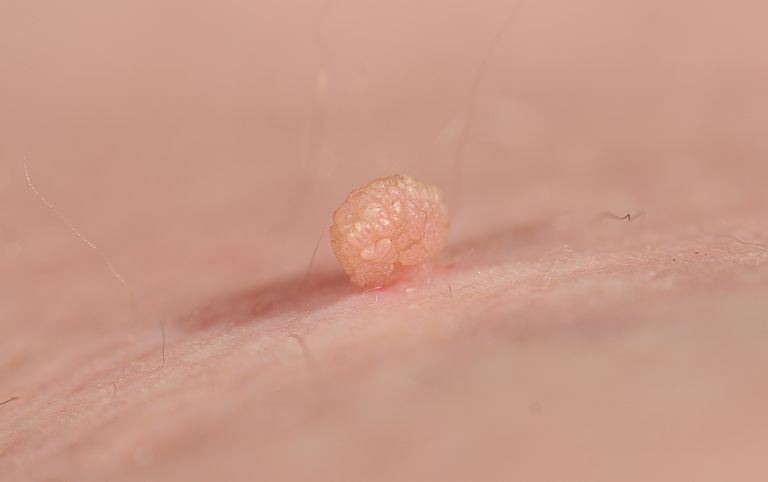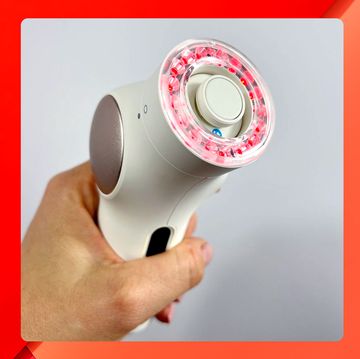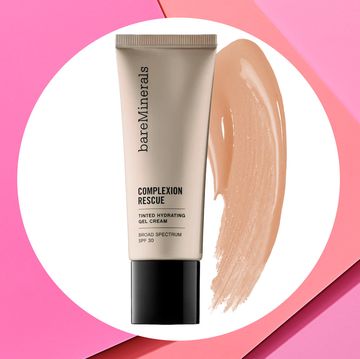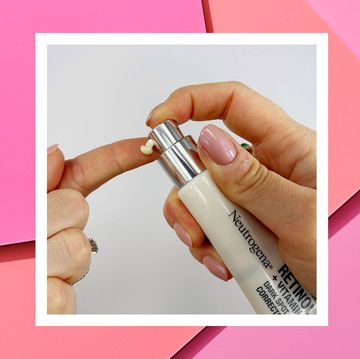Pretty much everyone has looked at themselves in the mirror at some point in their lives and wondered WTF that weird bump is on their skin. A mole? A wart?
A fairly common one (that up to half of all adults have, according to the American Osteopathic College of Dermatology) is a skin tag—those raised skin flaps that can crop up on your neck, arms, and back.
What are skin tags—and why do I have them?
These raised bumps and flaps are also known as “acrochordons” or “cutaneous tags” by dermatologists. Fortunately, they’re completely harmless.
“They often occur in areas of friction, like around the neck, under arms, and by the groin and are thought to be caused by irritation from skin rubbing on skin or on clothing,” says Bruce Katz, M.D., a dermatologist in New York City.
You can probably blame them on your parents—skin tags are usually genetic. Obese people have a higher instance of them, since there is more skin likely to rub against itself (causing more tags). They're also common after the age of 50 (so that's something to look forward to, right?).
What do skin tags look like?
They kind of look like large moles to the untrained eye, TBH. You may have just one or a couple:
Or they can sprout up as a small, isolated group of bumps:
How do you remove skin tags?
While harmless, skin tags can become irritated and inflamed and even bleed if you scratch at them or catch the skin on something like a zipper.
And while there are tons of DIY methods circulating Reddit and Yahoo Answers (like tying the base of the tag with thread), Katz warns that this is something you should NEVER try at home. “You’re opening yourself up to risk of scarring and infection,” he says.
Thankfully, it's not hard to get skin tags removed. At the derm’s office, a local anesthetic and quick snip of special doctor’s scissors will do the job, says Katz. Super freezing as well as heating (known as cauterizing) them off are other common options, according to the AOCD.
Since it's such a simple procedure, you likely won't have a ton of discomfort, and you can get right back to your day with basically zero recovery time in most cases. You also shouldn’t see any marks left behind after skin tags are removed.
If your skin tags don’t bother you, it’s totally fine to forget about them. But as with any skin growths, if there’s a noticeable change in the appearance or growth, you should have it looked at by your dermatologist.















